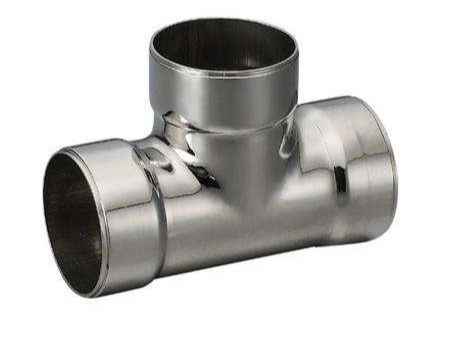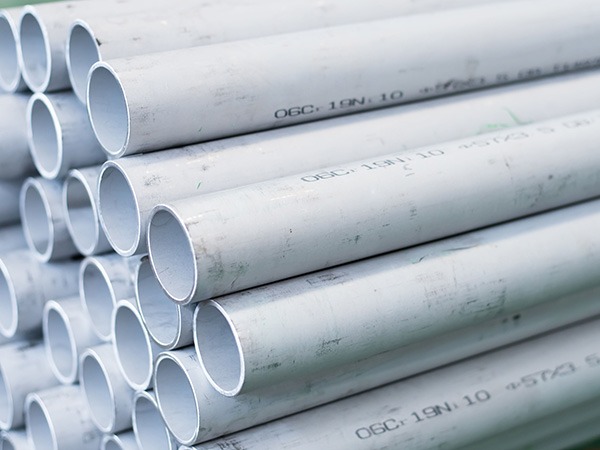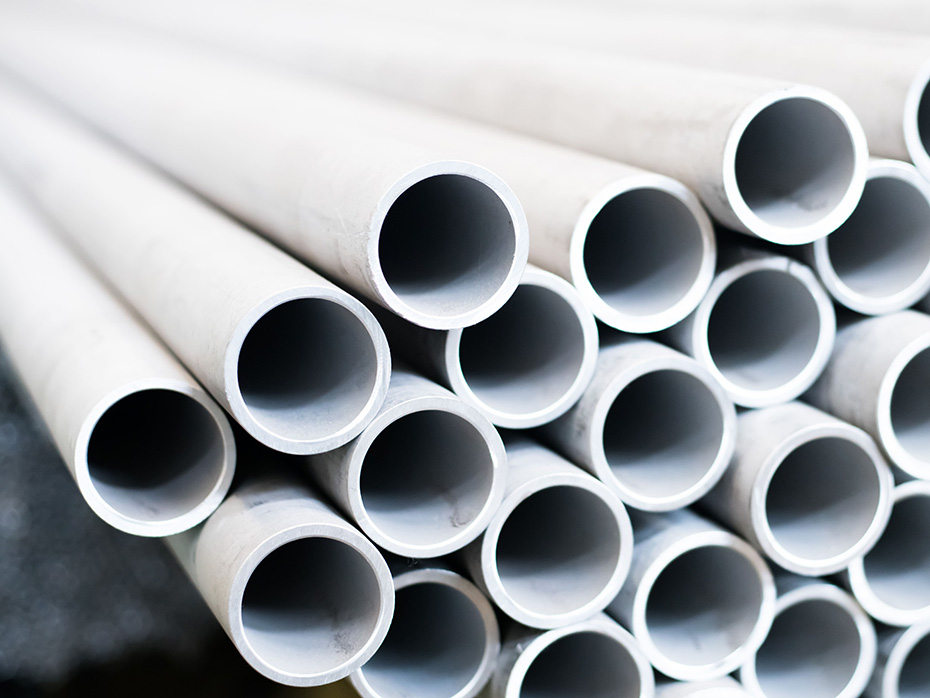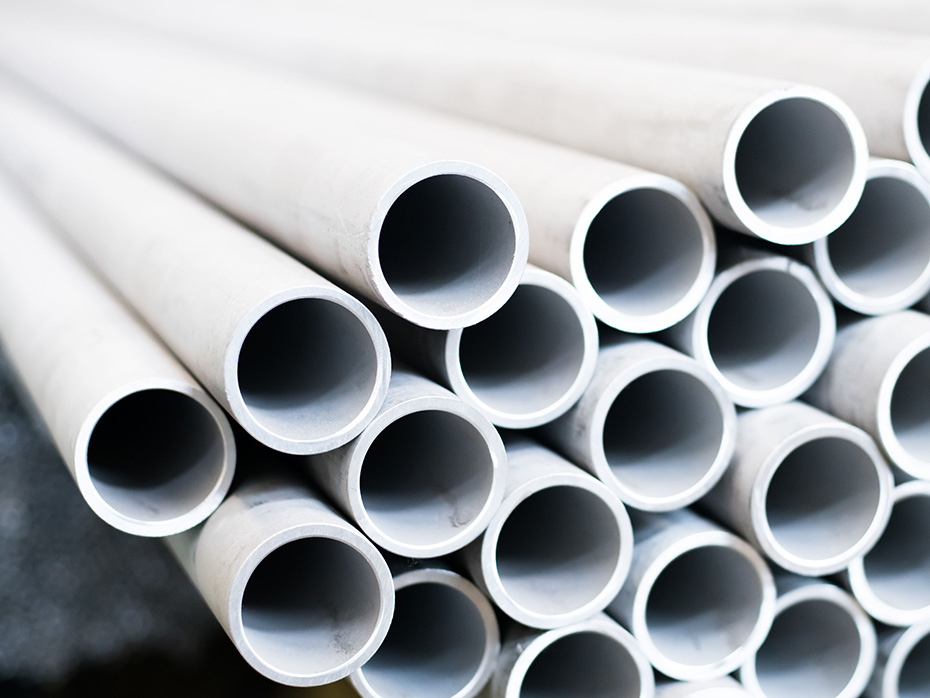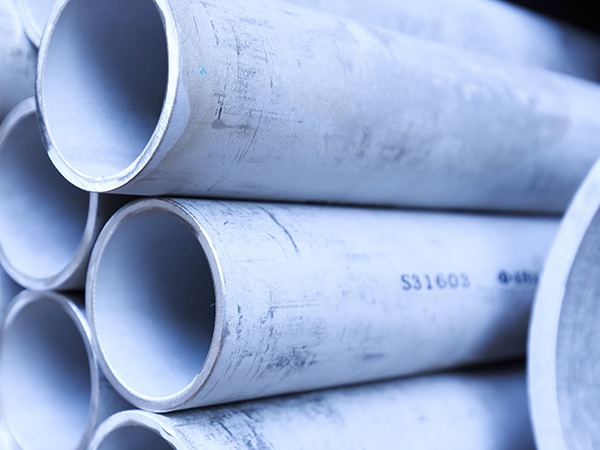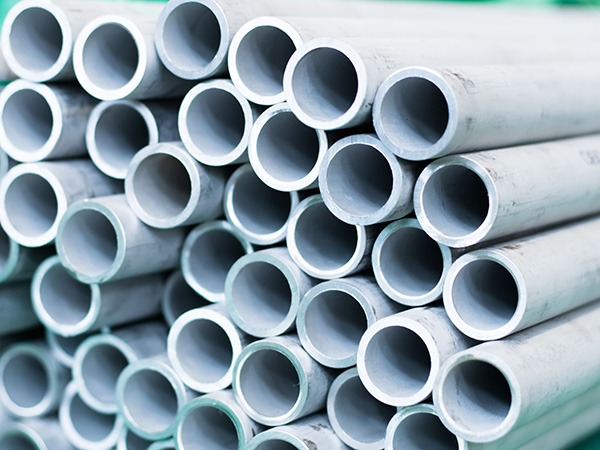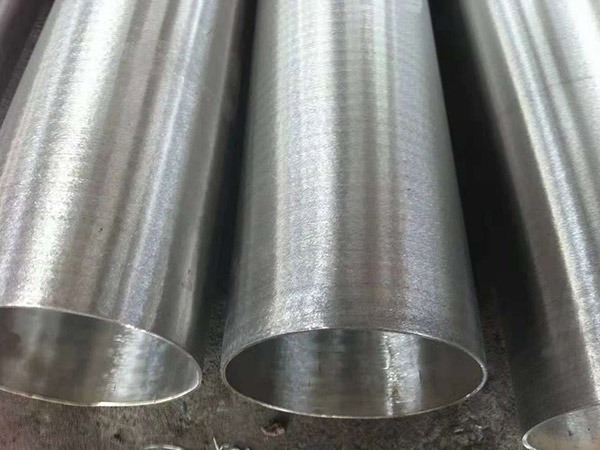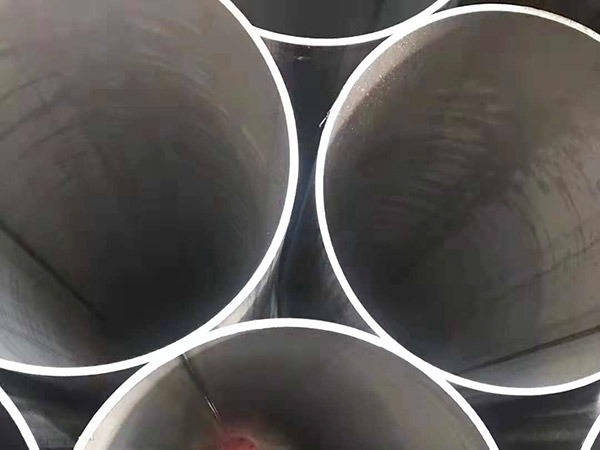PRODUCT INTRODUCTION
The roundness of reducers shall not exceed 1% of the corresponding end's outer diameter, with an allowable deviation of +3mm. For concentric reducers, the central axes of both ends shall align, permitting an eccentricity deviation of +5mm. The surface appearance of reducers shall be free from cracks and surface laps, while the wall thickness must exceed that of the larger-diameter pipe section.
Our company possesses precision inspection equipment with comprehensive testing capabilities, enabling production of high/medium/low-pressure pipe fittings and diverse accessories, including:
Cold forming
Hot forming
Hot extrusion
Machining
Forging
Stamping
Heat treatment
We manufacture products compliant with ISO, ANSI, JIS, DIN, and GB standards, utilizing materials such as carbon steel, alloy steel, and stainless steel. Product range includes:
Elbows
Reducers
Tees
Crosses
Caps
Flanges
Socket weld fittings
Divided by pipe diameter size:
1. The connecting ends of equal diameter tees are of the same size
2. The main pipe of the reducing tee has the same connecting size, while the connecting size of the branch pipe is smaller than that of the main pipe.
Hydraulic Bulging of Tee Fittings
The hydraulic bulging process for tee fittings forms branch pipes through axial compensation of metal material. The procedure involves:
Injecting liquid into a pipe blank (equal diameter to the tee) using a specialized hydraulic press
Synchronized horizontal side cylinder compression on the pipe blank
Volume reduction of the compressed pipe blank causing internal liquid pressure increase
Branch pipe formation via combined forces from side cylinders and internal pressure when reaching critical expansion pressure
Material flow along the die cavity to shape the branch
Process Characteristics:
Technical Limitations:
Requires high-tonnage equipment (restricts domestic applications to ≤DN400 standard wall thickness tees in China)
Applicable materials: Low-carbon steel, low-alloy steel, stainless steel with low work hardening tendency, plus non-ferrous metals (copper, aluminum, titanium)
Hot Press Forming of Tee Fittings
The hot press forming process for tee fittings involves:
Using a pipe blank larger than the tee diameter, flattened to approximate the tee's dimensions
Punching a hole at the branch location for cold-drawn tees
Heating the pipe blank and placing it into forming dies with a branch-forming punch inserted internally
Radial compression of the pipe blank under pressure, forcing metal flow toward the branch direction
Simultaneous branch formation via punch stretching during radial compression
Process Mechanism:
Combines radial compression of the main pipe and axial stretching of the branch
Differentiated from hydraulic bulging: Metal compensation occurs through radial material movement (termed "radial compensation process")
Technical Advantages:
Reduced equipment tonnage requirements due to heated forming
Broad material compatibility: Low-carbon steel, alloy steel, stainless steel
Preferred for large-diameter (≥DN400) and thick-walled tees
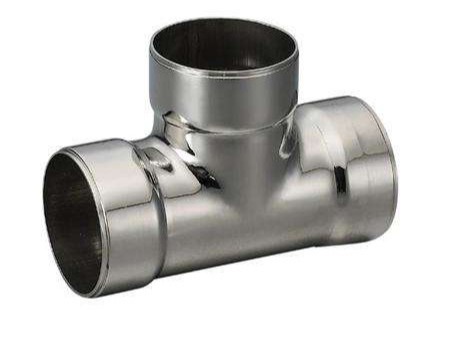
PRODUCTION DIVISION
Divided by material: carbon steel, cast steel, alloy steel, stainless steel, copper, aluminum alloy, plastic, asphalt, PVC, etc.
Divided by production methods: top molding, pressing, forging, casting, etc.
Divided by manufacturing standards: Chinese standard, electrical standard, chemical standard, water standard, American standard, German standard, Japanese standard, Russian standard, etc., as follows:
GB/T12459-2005,GB/T13401-2005,ASME B16.9,SH3408,SH3409-96,SH3410-96,HG/T21635,DL/T 695,SY/T 0510,DIN 2615
APPLICATION AREA
Mechanical manufacturing, household appliances, pressure vessels, structural pipe fabrication, architectural decoration, chemical equipment, nuclear power, home appliances, catering kitchenware, elevators, solar energy, metal products, containers, automotive applications, precision electronics, rail transit, sanitary ware, food machinery.

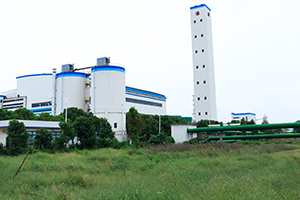
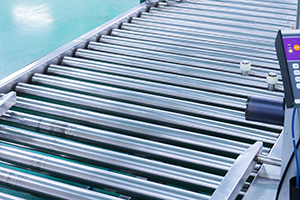
PRODUCTION STRENGTH




